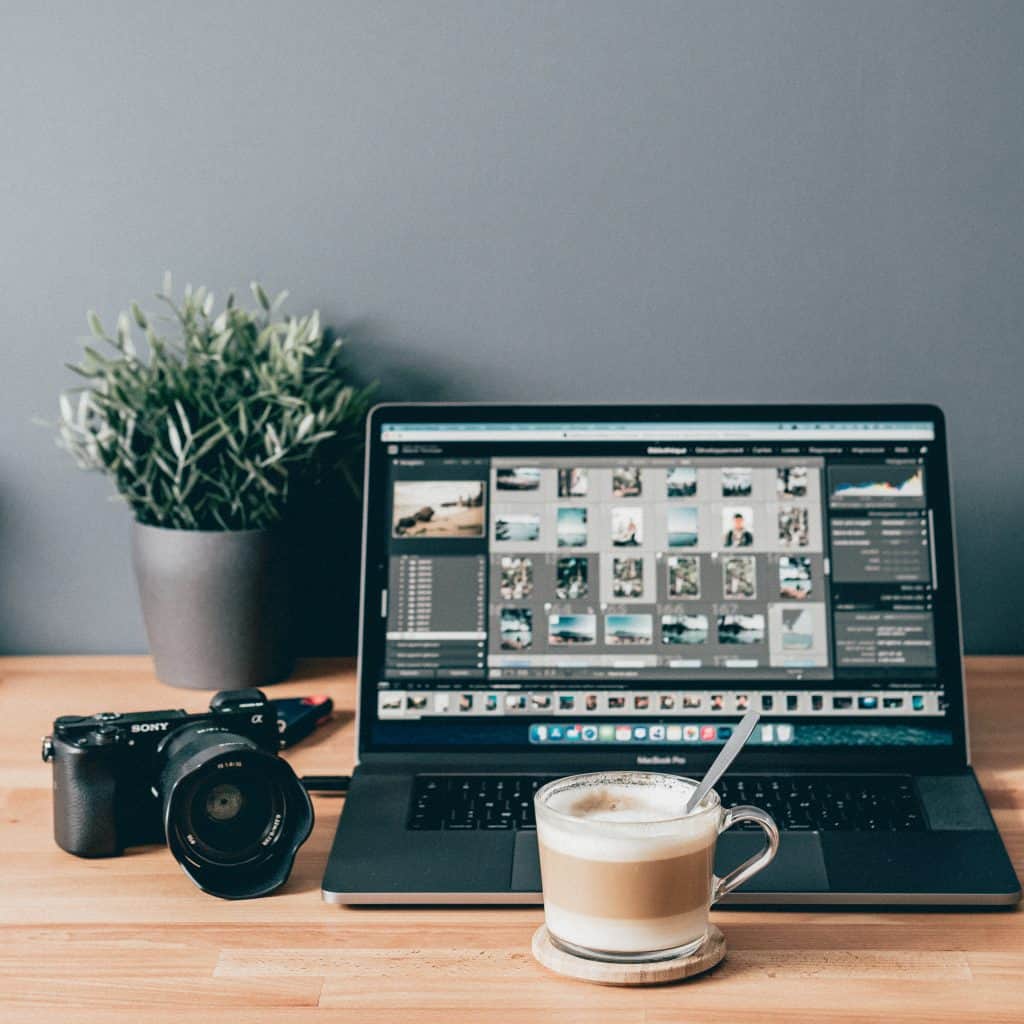There’s no doubt about it. If you want to have a successful website, you’ve got to use images. Images attract people and keep them engaged. They make your content more accessible, and they play a huge role in communicating your brand.
Did you know that the #images you choose and what you do with them can also impact your #performance on search engines like #Google? Click To Tweet
An Adobe Express photo editing free image tool will help you provide search engines with contextual information, which can help you rank better. Still, when they’re not optimized, they can slow down your website, negatively impact user experience and reduce your Quality Score.
If you care about search engine optimization (SEO), you need to know how to optimize your images for better SEO.
Check out the ten essential image SEO tips below to get started.
Always use images
Before we get into ways to optimize your images, it’s important to emphasize just how beneficial using images on your website is. Whether you’re writing a blog post or creating a landing page, you should use images.

Images keep people engaged and improve the overall user experience, which can help you build a good reputation in Google’s eyes.
Plus, image search is becoming more and more important. Investing time and energy in image SEO could help bring in more traffic in the future.
Be original (where possible)
If you have original photos, graphics, or images, use these instead of stock pictures wherever possible. Apart from giving you better branding, authentic images tend to be better for SEO.
The truth is that many websites use stock images which means you’ll have a hard time ranking for those images.
Plus, when you invest in quality original images, website users will have a better experience on your site which can potentially influence your rankings for the better.
Use the correct format
JPEG, PNG, GIF – what type of file should you be using on your website? Well, it all depends on what you’re trying to achieve.
JPEG is great for complex images with lots of color or detail, whereas PNG is ideal for simple images like line drawings etc. Use GIF when you want a moving image and go with SVG for logos and icons.
Using the ideal file type can help you keep file size low while maintaining high visual quality. Speeding up your site is crucial if you want to rank well on Google.
Resize your images
Image dimensions refer to how many pixels are along the length and width of the image.
Images that have a higher resolution and larger dimensions can slow down your website, so it’s important to resize your image for how you want it to be displayed on your website.

You’ll have to check the dimensions of your website to determine what size your image needs to be. For example, if the maximum content width is 720px on your website, then resize the width of your image to match.
Keep in mind, you may need different dimensions depending on whether you use the image in a blog or as a feature header image.
Compress your images
Just because you’ve optimized your image size as described in point 4, doesn’t mean the file size is optimized. Big file sizes will slow down your website and risk increasing bounce rate.
Google doesn’t like websites that are slow because it wants to keep users happy.
That’s why you should compress your images to make sure they are as small as possible without compromising quality. There are plenty of tools that can help with this, such as JPEGmini and ImageOptim.
Make your images mobile-friendly
Nowadays, people use their phones and mobile devices to browse websites, and Google knows this. If you want to rank well, you’ve got to make sure your website is mobile-friendly, including optimizing your images for mobile.

Your images need to be responsive, which means they can change size if the webpage is viewed on a mobile device. Look for the srcset attribute to find out if your images are responsive.
Optimize file names
What you name the image file can impact your on-page SEO and your rankings in image search.
The rule of thumb is to use the most important keywords at the beginning of the file name. Make sure that your file names are easy to understand for humans, not just algorithms. And don’t overstuff your file names – just be simple and descriptive.
You should separate words using a hyphen. For example, if the picture is of an insulation installer installing insulation in the walls, you could name the image “person-installing-wall-insulation”.
Don’t forget alt tags
Alt tags are the alternative text that a browser uses when it can’t load an image properly. They also make your website more accessible for users with vision impairment.
Alt tags should describe what’s in the image clearly and in a human way. Use important keywords in the alt tags so that Google knows what the image is about.
There’s no ideal number of words for alt tags but aim for more information than the file name. Just avoid keyword stuffing.
Create captions
Captions make it easier for website visitors to scan a page. In many cases, visitors will read the captions over the actual copy in the article.
In other words, captions matter for user experience. They may help keep people engaged, reduce your bounce rate and protect your reputation from Google’s point of view.
Having said that, you should only add captions where it makes sense for the visitor. As with all the other tips in this guide, you shouldn’t keyword stuff or overdo it as this can backfire.
Get help with SEO
While optimizing your images for SEO will go a long way, there are many other factors you need to do to see good results.
It’s not always easy to get SEO right, especially if you’re new to it. Don’t be afraid to reach out for help from an SEO Perth agency that can set your business up for success.
SEO is one of the most powerful tools for attracting more website visitors organically and driving up sales when it’s done right.